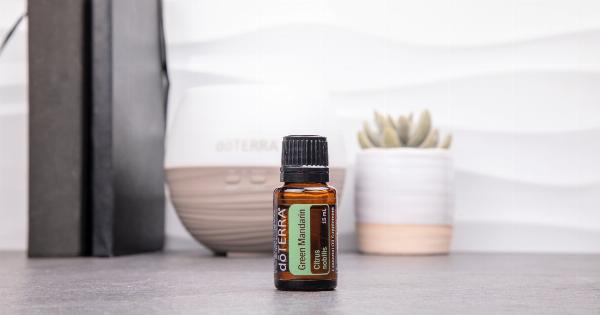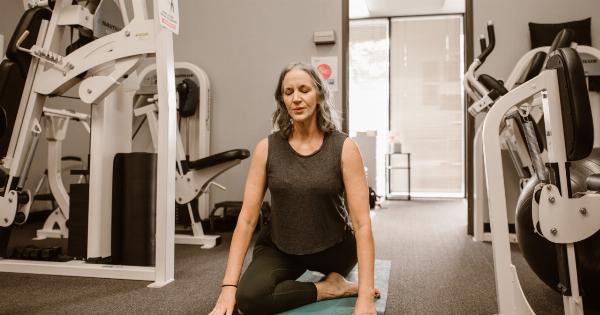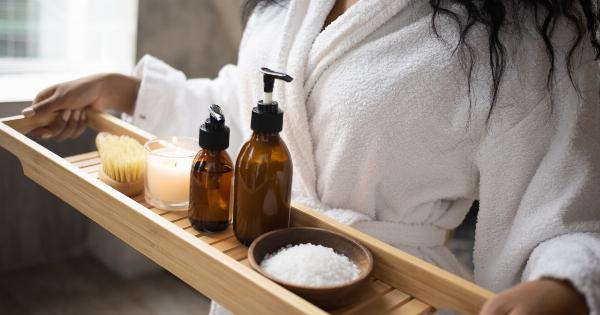Menstrual cramps, also known as dysmenorrhea, are a common symptom experienced by many women during their menstrual cycles.
These cramps typically occur in the lower abdomen and are often accompanied by other discomforts such as bloating, fatigue, and mood swings. While some women may only experience mild cramping, others may suffer from intense pain that disrupts their daily activities.
In this article, we will explore the causes of menstrual cramps and discuss various methods to alleviate the discomfort.
Understanding Menstrual Cramps
During the menstrual cycle, the lining of the uterus (endometrium) prepares itself for pregnancy. If pregnancy does not occur, the uterus sheds its lining, resulting in menstrual bleeding. The release of hormone-like substances called prostaglandins triggers the contractions of the uterine muscles, which help expel the lining.
These contractions can cause pain and cramping.
Primary Dysmenorrhea
The most common type of menstrual cramps is known as primary dysmenorrhea. This type of cramping is not caused by any underlying medical condition and often begins within a year or two of a woman’s first menstrual period.
The pain is usually felt in the lower abdomen but can also radiate into the lower back and thighs. It usually lasts for 1-2 days but may vary from person to person. Primary dysmenorrhea is caused by the release of prostaglandins during menstruation.
Secondary Dysmenorrhea
Secondary dysmenorrhea refers to menstrual cramps that are caused by an underlying medical condition.
Conditions such as endometriosis, uterine fibroids, ovarian cysts, and pelvic inflammatory disease can contribute to the development of secondary dysmenorrhea. The pain associated with secondary dysmenorrhea is often more severe and lasts longer than primary dysmenorrhea.
If you experience severe or worsening cramps, it is essential to consult a healthcare professional to identify and address the underlying cause.
Alleviating Menstrual Cramps
While menstrual cramps can be bothersome, several effective methods can help alleviate the discomfort. Here are some strategies you can try:.
1. Applying Heat
Applying heat to the lower abdomen can help relax the uterine muscles and reduce cramping. You can use a heating pad, hot water bottle, or take a warm bath to find relief.
Gentle massaging of the abdominal area while applying heat can further enhance its effectiveness.
2. Over-the-Counter Pain Relievers
Nonsteroidal anti-inflammatory drugs (NSAIDs) such as ibuprofen and naproxen sodium can help reduce menstrual cramps. These medications work by inhibiting the production of prostaglandins, thereby reducing the intensity of uterine contractions.
It is crucial to follow the recommended dosage and consult a healthcare professional if you have any underlying health conditions or are taking other medications.
3. Exercise
Engaging in light exercises or physical activities can help relieve menstrual cramps by releasing endorphins, which are natural painkillers produced by the body. Activities such as walking, swimming, or gentle stretching can be beneficial.
However, it is essential to listen to your body and not overexert yourself.
4. Dietary Changes
Modifying your diet can also have a positive impact on menstrual cramps. Increasing your intake of fruits, vegetables, whole grains, and lean proteins can help reduce inflammation and promote overall well-being.
On the other hand, reducing the consumption of caffeine, refined sugars, and processed foods may help alleviate symptoms.
5. Herbal Remedies
Some herbal remedies, such as chamomile tea, ginger tea, and cinnamon, are believed to possess anti-inflammatory and pain-relieving properties.
While these remedies may provide relief for some individuals, it is essential to consult a healthcare professional before incorporating them into your routine, especially if you have any underlying medical conditions or are taking other medications.
6. Transcutaneous Electrical Nerve Stimulation (TENS)
TENS is a therapy that involves the use of low-voltage electric currents to provide pain relief. It works by interfering with pain signals and stimulating the release of endorphins.
TENS devices typically consist of electrodes that are placed on the skin near the site of pain. However, it is advisable to seek guidance from a healthcare professional before using TENS.
7. Hormonal Birth Control
For women who experience severe menstrual cramps, hormonal birth control methods such as birth control pills, patches, or hormonal intrauterine devices (IUDs) may offer relief.
These methods work by reducing the production of prostaglandins, thinning the uterine lining, and preventing ovulation. It is crucial to discuss the available options and their potential side effects with a healthcare professional to determine the most suitable choice.
8. Stress Management
Stress can exacerbate menstrual cramps, so practicing stress management techniques can be beneficial.
Engaging in activities like yoga, meditation, deep breathing exercises, or getting sufficient sleep can help manage stress levels and minimize the intensity of cramps.
9. Acupuncture
Acupuncture, a traditional Chinese medicine practice involving the insertion of thin needles into specific points on the body, may alleviate menstrual cramps for some individuals.
Acupuncture is believed to stimulate the release of endorphins and promote a better flow of energy throughout the body. However, it is essential to consult a licensed acupuncturist and ensure they have experience in treating menstrual-related concerns.
10. Tackling Underlying Conditions
If your menstrual cramps are caused by an underlying medical condition such as endometriosis or uterine fibroids, it is crucial to address and manage these conditions in collaboration with a healthcare professional.
Treating the underlying cause can significantly reduce the severity and frequency of menstrual cramps.
Remember, what works for one person may not work for another, so it may take some trial and error to find the best methods for managing your menstrual cramps.
If your cramps are severely impacting your quality of life or if you have concerns about your menstrual health, always consult a healthcare professional for guidance and support.



























